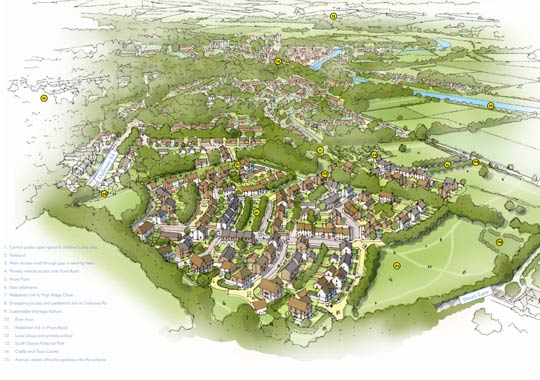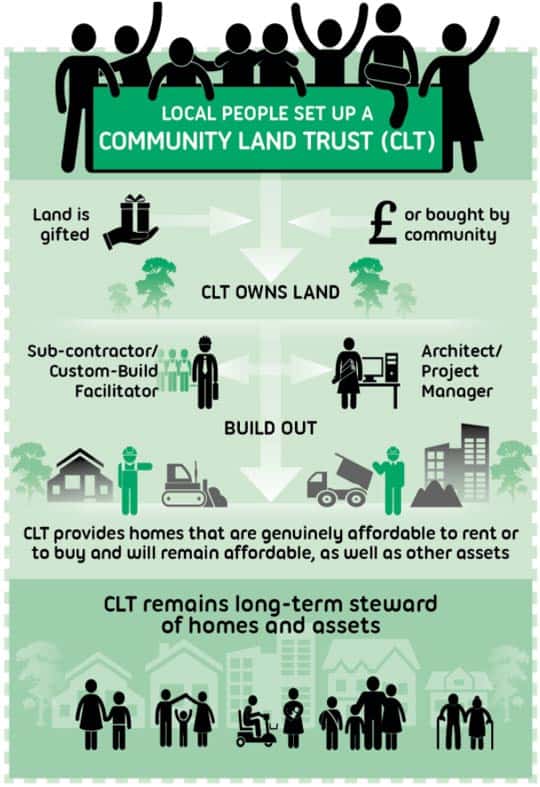Community header template
- Home
arrow_drop_down
- News
arrow_drop_down
- What’s On
- Local Information
arrow_drop_down
- Community Groups
arrow_drop_down
- Business Support
arrow_drop_down
- Advertising Rates
- Business Networks
- Akin Arundel
- Arundel Chamber of Commerce
- Consultants, Admin Support & Office Space
- Film Location & Production Support
- IT & Technical Support
- Legal, Financial Planning, Accountants And Insurance
- Local Publications And Media
- Marketing, Printing & Digital
- Business Newsletter
- Local Directory
arrow_drop_down
- Estate & Lettings Agents & Architects
- Health, Beauty & Wellbeing
- Home & Gardening Services
- Legal, Financial Planning, Accountants And Insurance
- Photographers, Fashion & Lifestyle
- Retirement, Care & Funeral Services
- Travel, Holidays & Languages
- Tradesman, Builders and Property Services
- Vehicle Repairs, Storage, Hire & Taxi Services
- Weddings, Events & Entertainment
- Contact
Even a quick glance in High Street estate agents windows is enough to make you wonder if ‘Arundel’ and ‘affordable housing’ can exist in the same sentence – let alone in the same town.
However, a resident-led initiative, the Arundel Community Land Trust, aims to change that.
A chance to have your say...


What is the Arundel Community Land Trust (CLT)?
Community Land Trusts (CLT) are organisations set up to benefit the community in which they operate.
They are:
- Community owned and controlled
- Open and democratic
- Help to provide permanently affordable homes
Arundel’s CLT was born when the updated Arundel Neighbourhood Plan highlighted once more the pressing need for affordable housing in Arundel.
Arundel CLT’s scope also extends to developing community facilities such as food growing areas or workspaces.
Arundel CLT chair, Darrell Gale, explains why this initiative is needed in Arundel, “Property prices in Arundel are exceptionally high, consequently younger people starting on the housing ladder, who grew up here or have local connections, cannot afford to stay in town. There is a lack of opportunity for local people and our community in becoming increasingly imbalanced in terms of age and occupational mix. Even allowing for ageing population, Arundel risks becoming a retirement enclave. The CLT can help keep the community together and have places where people who work in Arundel can afford to live. Also, the CLT can also contribute to wider land based and environmental projects to keep Arundel the thriving and popular place it is today.”
How is affordable housing defined?
According to the National Planning Policy Framework, ‘affordable’ rent is no more than 80% of market rates. However, in more affluent areas that can still place affordable housing out of reach for many people. The Arundel CLT has adopted the objective outlined in ANP2 (the updated Neighbourhood Plan for Arundel) to provide ‘truly’ affordable homes at ‘social rents’, which are 50%-60% of market rates. Arundel CLT is also committed to making sure these homes remain affordable in the future
How did Arundel CLT work out what affordable housing is needed?
In February 2020, a survey was distributed to every Arundel household. This Housing Needs Survey was split into two parts.
- Residents views on housing in Arundel
- Residents, whether households or individuals, who feel they are ‘in need’ of affordable housing.
The survey, which was run by Action in Rural Sussex an independent organisation that supports rural communities across East and West Sussex, prompted 16% of households to return completed questionnaires. A summary report of the overall findings of the survey will be presented to the CLT and the Town Council.
How will allocation of affordable housing in Arundel work?
How can you make sure that once affordable housing is built it is available for those who really need it? “For sites where the CLT is involved, a Local Lettings Policy will be agreed with Arun District Council on the eligibility criteria to prioritise the rented affordable housing for people with local links,” says Darrell Gale. “The CLT will also work with our Registered Housing Provider partner to create Shared Ownership opportunities for local people.”
Are there any projects in the pipeline?
Yes! Arundel CLT’s first project is land off Ford Road, the upper part of the field between the built-up area and Priory Lane behind Dalloway Road.
This site, which was allocated for development in the ANP2, will be developed to provide 90 new homes, 27 of which will be affordable and available to eligible Arundel residents and/or workers. Arundel CLT hopes that 20 of these homes will be available at ‘social rents’, pegged to local wage rates. It is hoped that the remaining seven houses will be available under a shared ownership scheme.
Working with The Norfolk Estate and a registered housing provider, Arundel CLT will also oversee the development of a community facility on this site and links to public rights of way and the green network, including footpaths and byways.
Arundel CLT has set up working groups to look into key issues for this project; one involves members with property and development expertise; one will work on the Local Lettings Policy; a third will explore biodiversity opportunities; another will work to improve community consultation.
And, no!
Due to the current situation, the community engagement process for the site off Ford Road has been put on hold. The Norfolk Estate issued this update:
“In March 2020, The Norfolk Estate, working alongside Savills and its development team commenced a community engagement exercise ahead of bringing forward their proposals to develop the land off Ford Road, Arundel with approximately 90 new dwellings, including affordable homes, new green infrastructure, and public open space.
Whilst initial discussions have been held with some nearby neighbours along with representatives from the Town Council, Community Land Trust and Neighbourhood Plan Steering Group, owing to the extraordinary circumstances of the Coronavirus outbreak, we have put any further engagement on hold.
In line with its historic commitment to the town, the Norfolk Estate will look forward to resuming their discussions with the wider community on its draft proposals for land off Ford Road, when appropriate, later in the year.”
How has Arundel grown up to now?
Every decade from the 1940s to 2000 has seen new houses built in Arundel. As Darrell Gale explains, “Arundel has grown most decades in stages since the 1940’s when sites were first developed by the Norfolk Estate in the Canada Road and Torton Hill areas for ‘Council Housing’ for the people of Arundel.”
- 1950s Torton Hill and Canada Road
- 1960s Dalloway Road and Stewards Rise
- 1970s Hazel Grove and Dukes Close
- 1980s Oak End and Fitzalan Mews
- 1990s Penfold’s Place and Wheelwrights Close
Did you know when those roads were built?
“In the next stages of growth, Arundel CLT, with its membership made up of Arundel residents will work closely with the Norfolk Estate to ensure future developments provide the quality our community values and deserves, alongside a robust biodiversity approach,” explains Darrell Gale. “We are interested in partnering with any developer to ensure these values are built into other projects from the start. For any development of more than 11 homes, working with registered housing providers, we can use the planning requirements to increase our influence.”
Would you like to get involved with Arundel CLT?
You can become a member for the very affordable sum of £1. Members are like shareholders in company structures. They have a say in how the Arundel CLT is run and can share their views at General Meetings.
You can find out more about membership by emailing: info@arundelclt.org. Or visit: www.arundelclt.org
